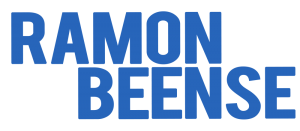Data access restrictions are key to keep confidential information private and secure. They are used to restrict data access to only those people who have earned that right by undergoing a rigorous process of vetting.
This includes research training, project vetting and the use of physical or virtual secure lab environments. In some cases an embargo is necessary to safeguard research findings until they are ready to be published.
There are a variety of access control options https://technologyform.com/technological-innovations are available which include Discretionary access Control (DAC), where the owner or administrator determines who can access specific systems, data or resources. This model is flexible however it could also lead to security issues as individuals could accidentally allow access to people who should not be allowed access. Mandatory Access Control is a non-discretionary system that is commonly used in government and military settings. Access is controlled in accordance with information classifications as well as clearance levels.
Access control is essential to meeting industry compliance demands to protect information and ensure security. By using the best practices for access control and adhering to established guidelines, organizations can demonstrate conformity in audits or inspections. They also can avoid fines and penalties, and maintain trust with customers or clients. This is especially crucial when working in environments subject to regulations such as GDPR, HIPAA, and PCI DSS. By regularly reviewing and updating access rights for current and former employees, organizations can ensure that they don’t leave sensitive information exposed to unauthorised users. This requires an attentive audit of access rights and ensuring that access is deprovisioned automatically when employees leave the organization or change roles.
